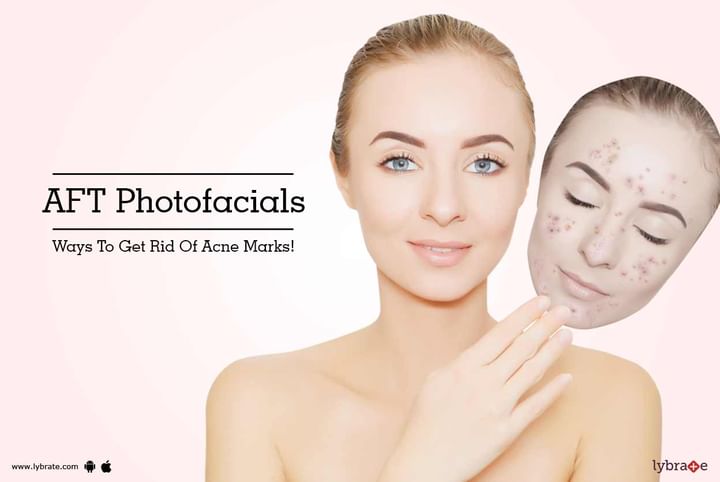AFT Photofacials: Ways To Get Rid Of Acne Marks!
For most women, taking care of acne on a daily basis is an arduous and harrowing matter. Looking into the mirror to see the scars in various stages of healing is a nightmare too. The second is actually more embarrassing and traumatizing, affecting not just the image in the mirror, but the woman’s personality as a whole. Confidence and esteem level can sometimes hit an all-time low with those post-acne scars. Hence, cosmetic surgeons are constantly trying to identify new ways to manage these and photo facials seem to be the best solution at the moment.
Both doctors and affected people have known to be happy with the results. If you are bothered by acne marks, read more to understand what photofacials are, and how they can help you. Photofacial, fotofacial, IPL (intense pulsed light) and photorejuvenation are all different names used for the same procedure.
How it works: The underlying principle is based on the skin structure. The skin has an outer layer called the epidermis and an inner layer called the dermis. The inner layer is heated during this procedure and the outer layer is cooled. When the inner layer is heated, the collagen production is stimulated. The damaged and aged skin from the top layers is removed, making way for the new collagen which is produced in the underlying layers. The result is an evened tone, reduced fine lines, and improved (almost perfect) appearance of the skin. There is simultaneous improvement of skin color, texture, and consistency, resulting in glowing skin.
Uses: It is hugely popular in treating acne scarring, red blemishes, sunspots, age spots, stretch marks, wrinkles, hyperpigmentation in short periods of time. The procedure takes about half an hour and is usually done on the face, neck, hands, and the chest areas.
Acne is a problem area where photofacials have shown immediate and significant results. However, what you need to be aware of and will be informed by your doctor is, that your skin may continue to be red for about a week to ten days after the photofacial session before you see an improvement. The difference after the initial side effects wear off can leave you surprised. Talk to your doctor before deciding if this is the treatment for you. Acne scarring, if extremely severe, may not respond very well to photofacial and may require alternatives like laser skin resurfacing or facelifts.
Where photofacials are concerned, various procedures and technologies can be used, completely depending on what the person wants and what the doctor can provide in terms of results. Each method works in a slightly different way, and it is best to set expectations upfront before going ahead with this procedure. If you wish to discuss about any specific problem, you can consult a Dermatologist.



+1.svg)
